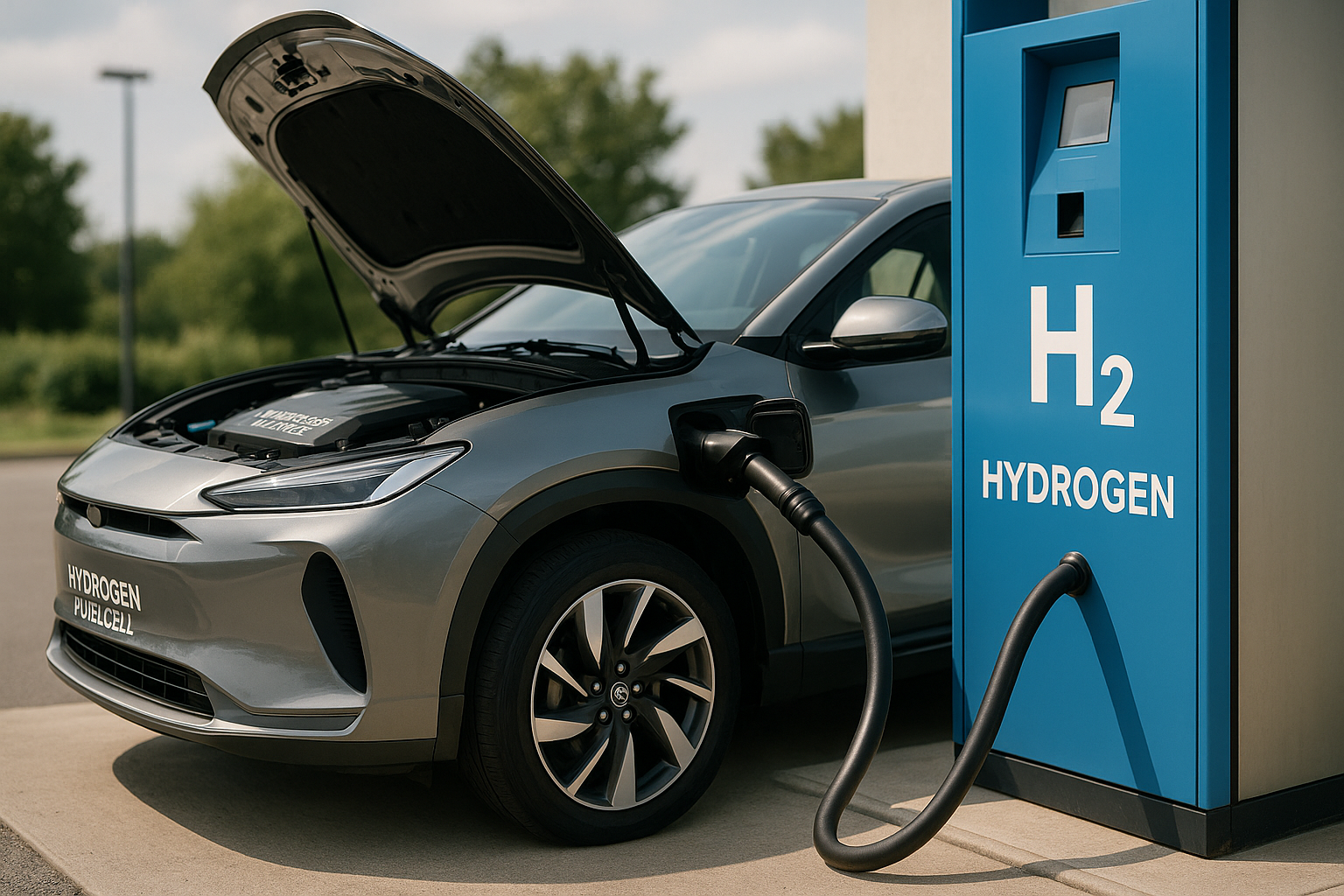From Fairways to Resorts: The Unseen Impact of Electric Golf Carts
On the emerald fairways of golf courses and the winding paths of resorts, sleek, low-noise electric golf carts are quietly transforming the short-distance travel experience. As specialized vehicles designed for enclosed environments, these eco-friendly electric carts combine practicality with elegant styling, becoming an indispensable mobility solution for golf course management, scenic area operations, and upscale communities.

How Modular Design Adapts to Diverse Scenario Requirements
The modern electric golf cart represents a triumph of versatile engineering. Unlike their predecessors, today’s models feature modular construction that allows for customization based on specific operational needs. Resort properties can configure carts with additional seating and luggage space, while maintenance teams can transform the same base model into utility vehicles with cargo beds. This adaptability extends to specialized environments like airports, where passenger transport models include weather protection and extended range capabilities.
The modularity goes beyond mere physical configuration. Modern electric carts incorporate interchangeable battery systems, allowing operators to select power options that match their specific usage patterns. For facilities with round-the-clock operations, quick-swap battery systems ensure minimal downtime. This adaptability makes electric golf carts suitable for applications ranging from campus security patrols to warehouse inventory management, with each implementation tailored to the specific operational requirements of the environment.
Reducing the Cost of On-Site Manpower Transportation
Organizations with large operational footprints face significant challenges in moving personnel efficiently across their properties. Electric golf carts provide a cost-effective solution that dramatically reduces transportation expenses compared to traditional vehicles. Maintenance facilities have reported operational cost reductions of up to 70% after transitioning from gas-powered utility vehicles to electric carts for on-site staff transportation.
The economic benefits extend beyond fuel savings. Electric golf carts require substantially less maintenance than conventional vehicles, with fewer moving parts and simpler drive systems. This translates to reduced downtime and lower service costs. Additionally, the compact size and maneuverability of these vehicles allow staff to access areas that would otherwise require time-consuming foot travel, significantly improving productivity. For large resorts, manufacturing facilities, and corporate campuses, this efficiency transforms into quantifiable labor cost savings.
Understanding Undervalued Closed Traffic Solutions
Despite their proven effectiveness, electric golf carts remain an underutilized solution for closed-circuit transportation needs. Many organizations continue to rely on conventional vehicles or inefficient pedestrian movement for operations where electric carts would provide superior outcomes. This oversight often stems from narrow perceptions of golf carts as recreational vehicles rather than serious transportation assets.
The closed-circuit nature of these vehicles offers distinct advantages for controlled environments. Their limited speed and purpose-designed operation make them ideal for settings where traditional vehicles pose safety risks or logistical challenges. Hospital complexes benefit from their quiet operation and zero emissions, while manufacturing facilities appreciate their inability to access public roadways, which enhances site security. The limited range that might be problematic in other contexts becomes an asset in these controlled environments.
Applications Beyond Traditional Settings
While golf courses remain the most visible users of electric carts, innovative applications continue to emerge across diverse industries. Municipalities have adopted them for downtown ambassadors and maintenance crews working in pedestrian zones. Event management companies deploy fleets of customized carts for everything from VIP transport to emergency medical response at large venues.
Agricultural applications represent another growth area, with farmers using modified electric carts for crop inspection and light harvesting tasks. Their low ground pressure and quiet operation make them ideal for sensitive growing environments where larger equipment would cause damage. Similarly, conservation organizations utilize electric carts for wildlife monitoring and habitat management in protected areas where noise and emissions must be minimized.
Economic Impact and Return on Investment
Electric golf carts represent a significant but often justifiable investment for organizations seeking efficient on-site transportation. Initial acquisition costs vary based on configuration and capabilities, with entry-level options available at considerably lower price points than conventional utility vehicles.
| Cart Type | Average Purchase Price | Operational Cost (Annual) | Estimated Lifespan |
|---|---|---|---|
| Basic Passenger (2-4 seats) | $7,000 - $10,000 | $300 - $500 | 7-10 years |
| Utility/Cargo Model | $9,000 - $15,000 | $400 - $700 | 6-9 years |
| Custom/Specialty Model | $12,000 - $25,000+ | $500 - $1,000 | 5-8 years |
Prices, rates, or cost estimates mentioned in this article are based on the latest available information but may change over time. Independent research is advised before making financial decisions.
The investment analysis improves when factoring in the total cost of ownership. With minimal maintenance requirements and significantly lower fuel costs compared to gas-powered alternatives, electric carts typically achieve full return on investment within 3-5 years of regular use. Organizations with high-usage patterns often report even faster payback periods, particularly when replacing more expensive transportation solutions.
The Environmental Proposition
Beyond operational efficiency and cost savings, electric golf carts contribute meaningfully to sustainability initiatives. Their zero-emission operation helps organizations reduce their carbon footprint while simultaneously addressing local air quality concerns. For properties with indoor-outdoor operations, the elimination of exhaust fumes presents both environmental and health benefits for employees and guests.
Battery technology continues to advance, with newer lithium-ion systems offering improved performance and reduced environmental impact compared to older lead-acid configurations. As organizations increasingly prioritize sustainability in their operations, the environmental advantages of electric carts often become deciding factors in transportation planning, complementing the economic benefits they already provide.
Electric golf carts have quietly transformed from simple recreational vehicles to versatile transportation solutions with applications across numerous industries. Their modular design, cost-efficiency, and suitability for closed environments make them invaluable tools for organizations seeking practical, sustainable transportation options. As awareness grows about their capabilities beyond the fairway, these unassuming vehicles will likely continue expanding their presence in diverse operational settings.




